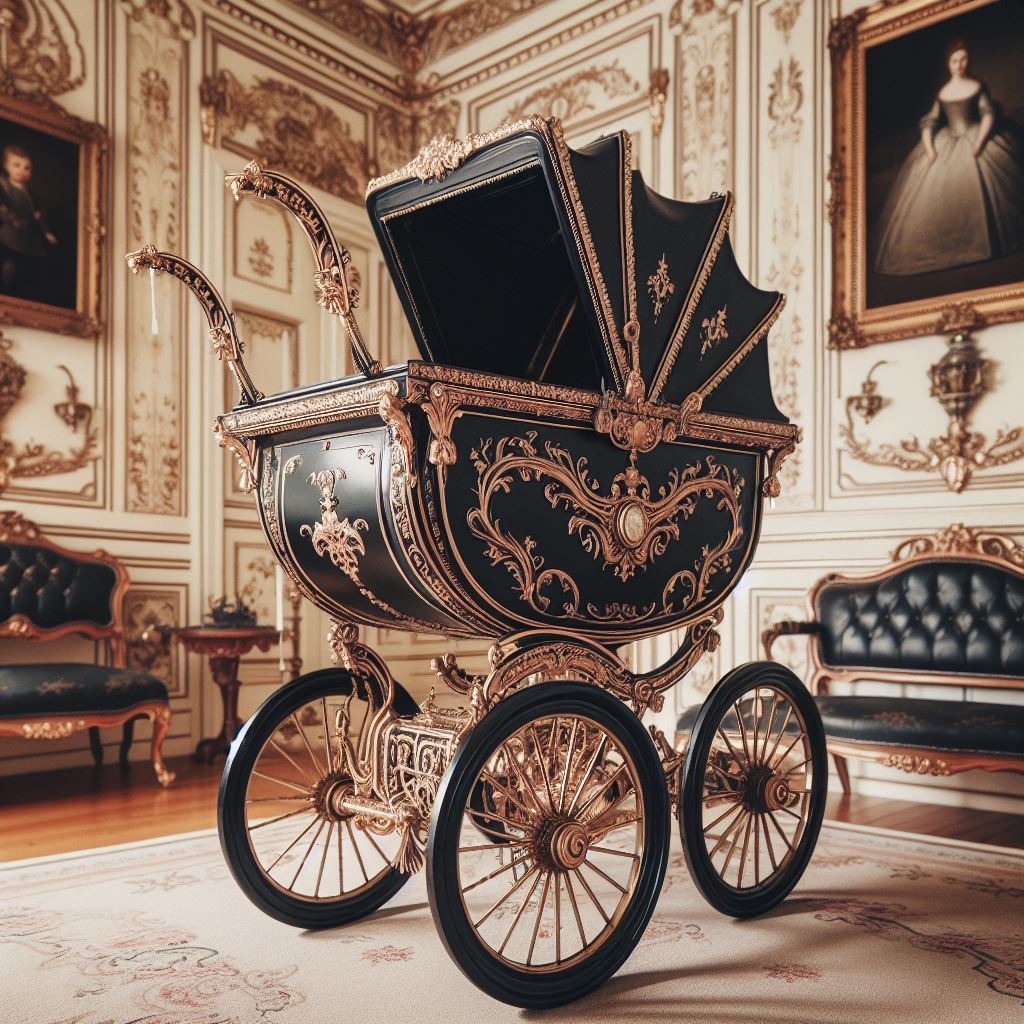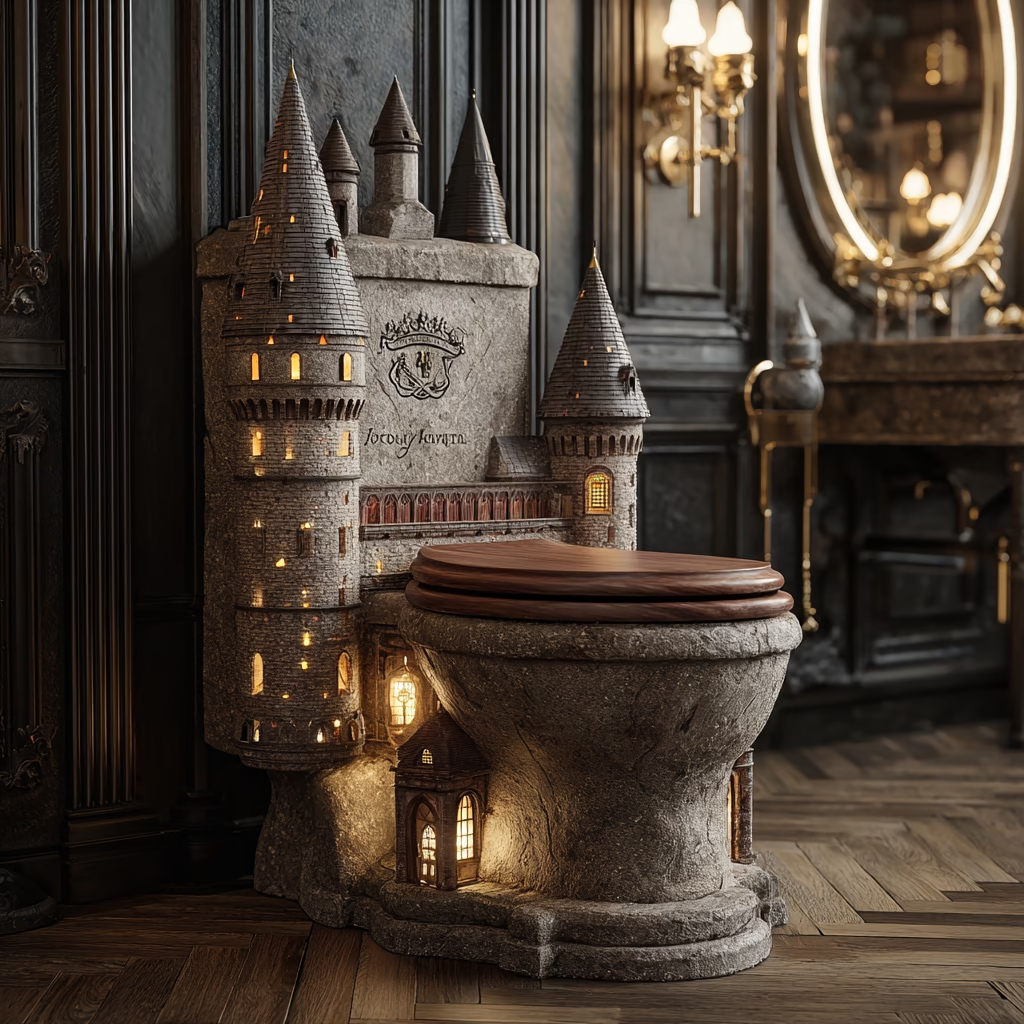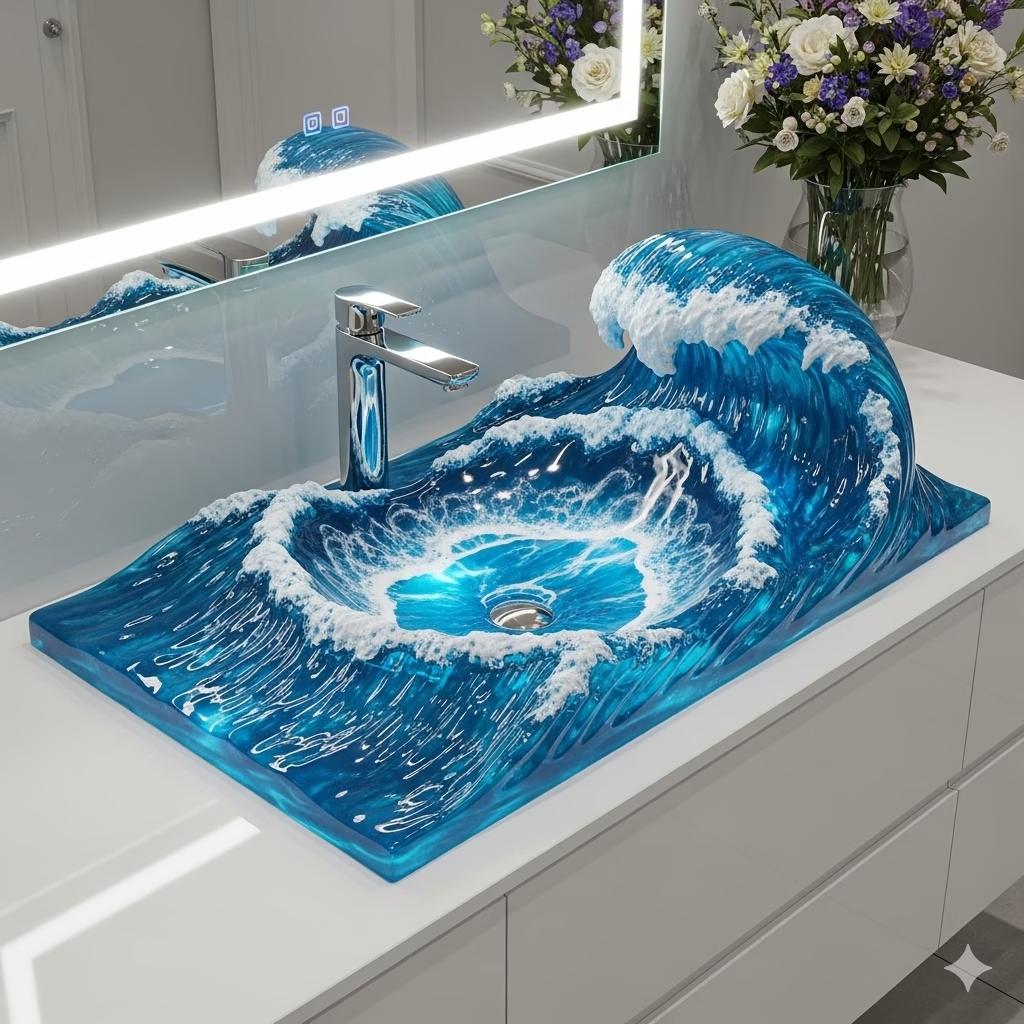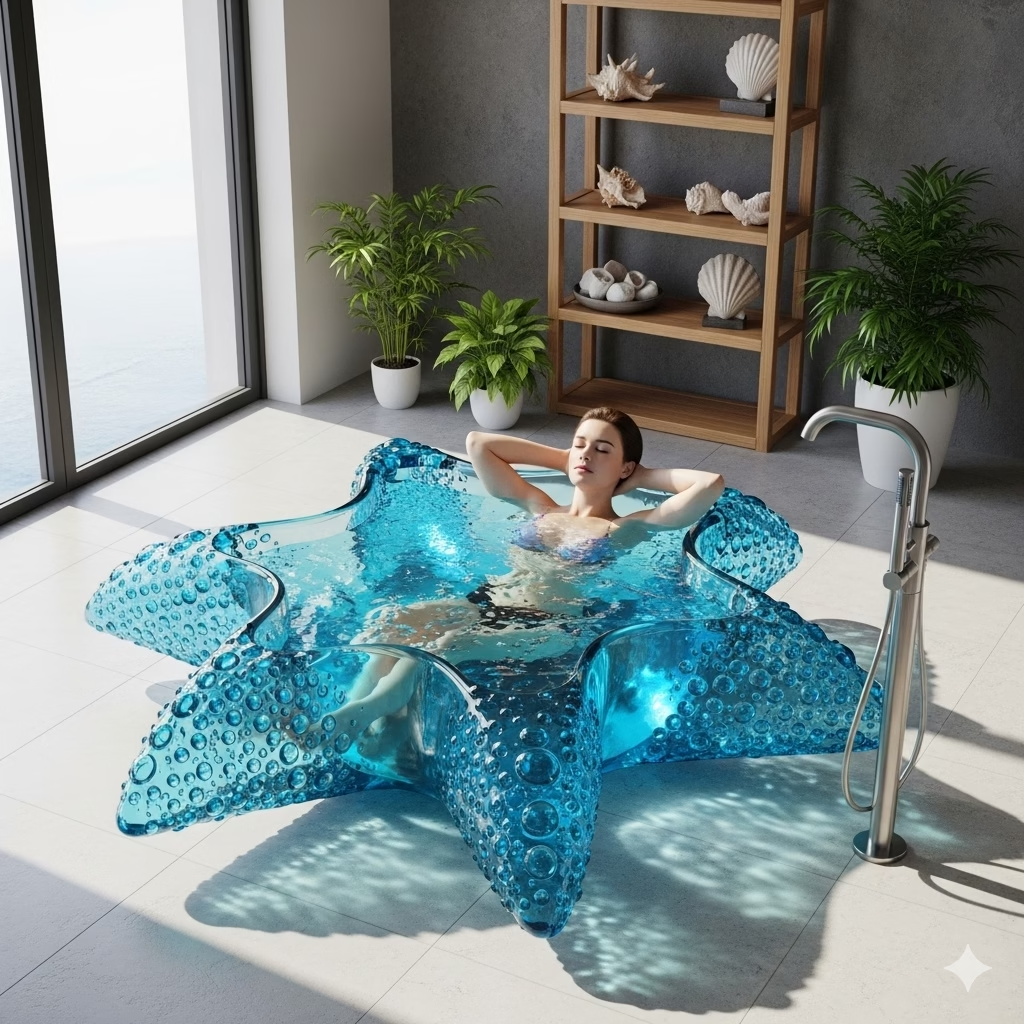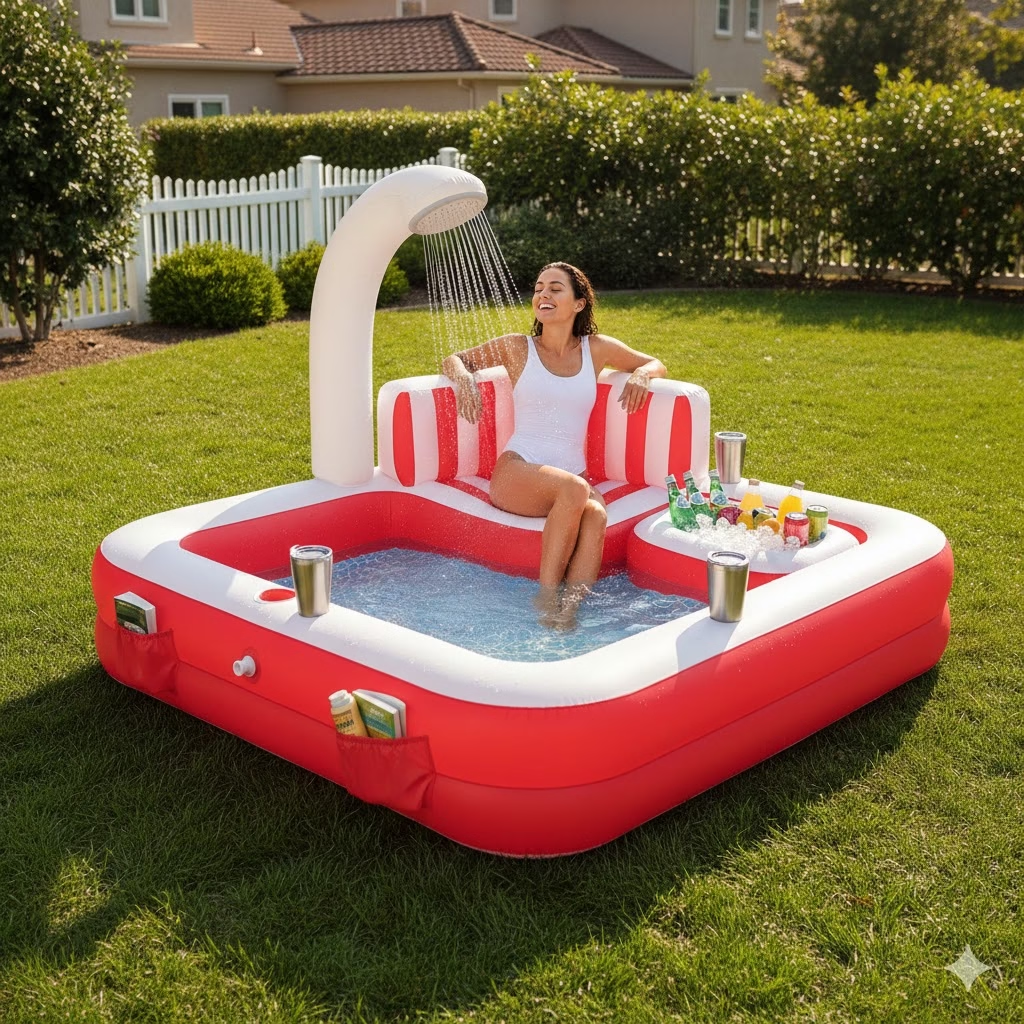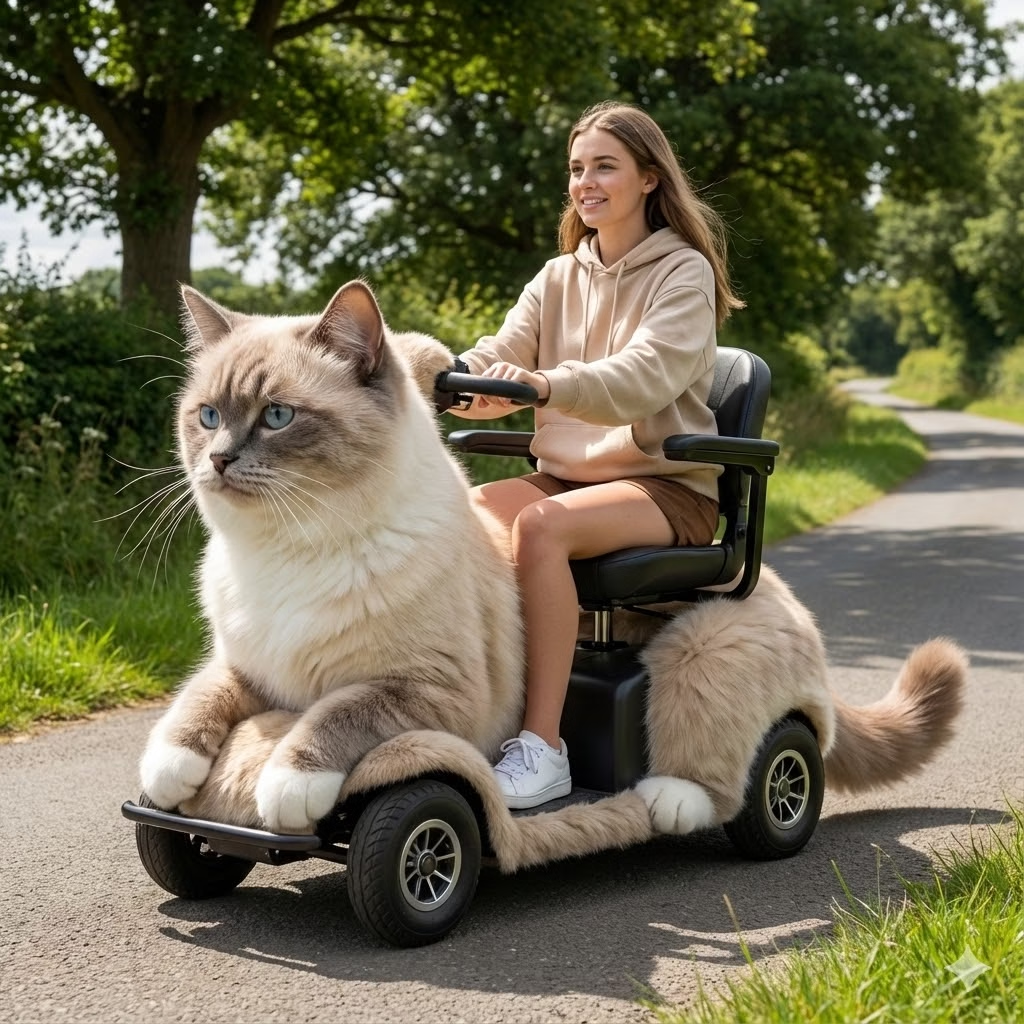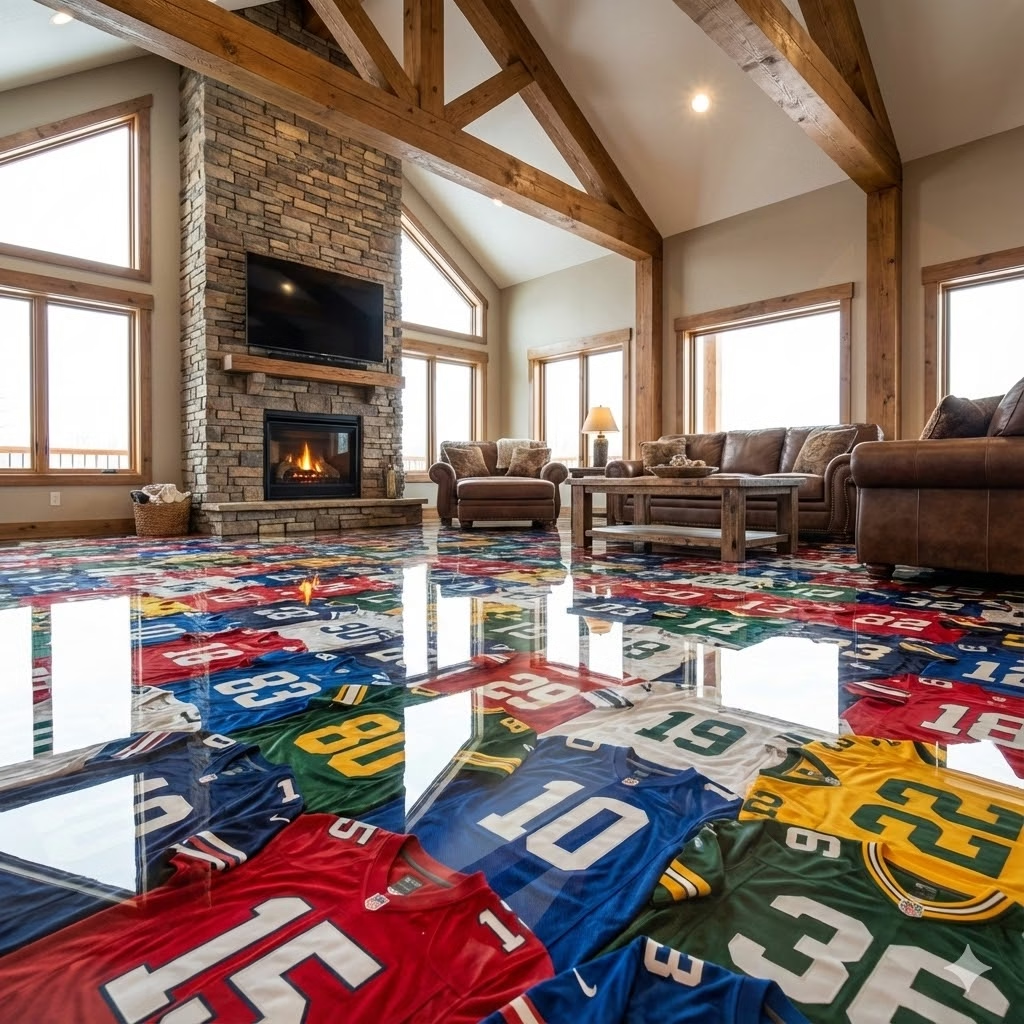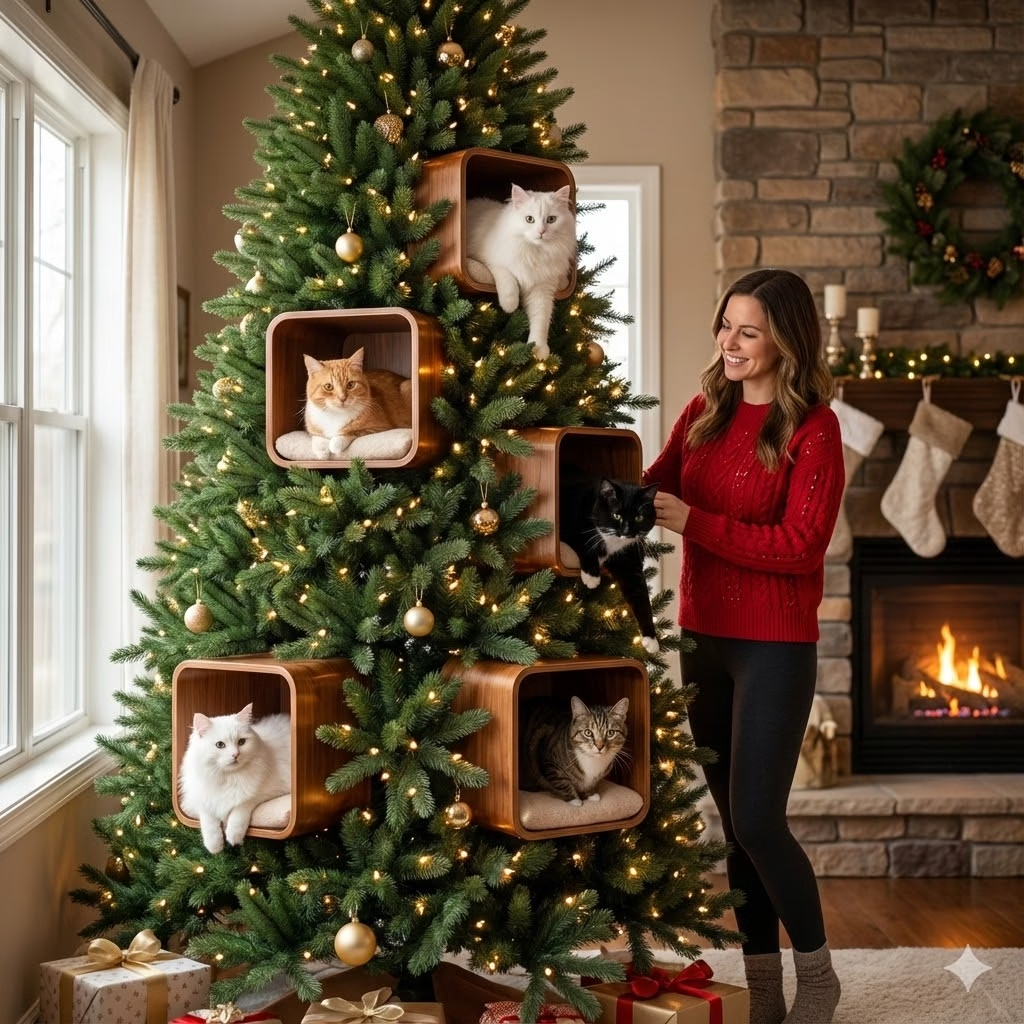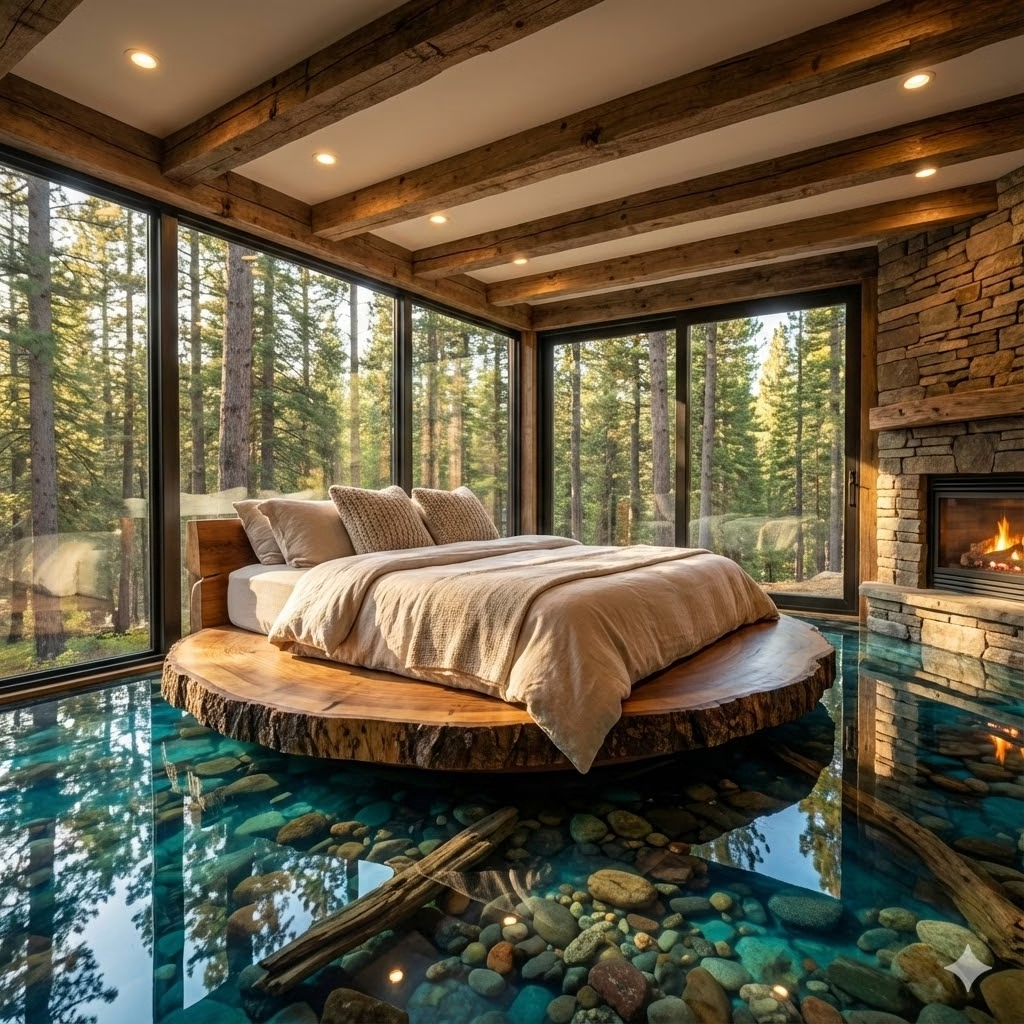Ever wondered how parents in the 1800s strolled around with their little ones? Step back in time as we delve into the fascinating world of baby strollers from the 19th century. Discover the evolution of these essential parenting tools, from simple designs to innovative creations that paved the way for modern-day convenience. Join us on a journey through history to explore how families managed daily life with infants in tow during this era of significant change and progress.
Evolution of Baby Strollers
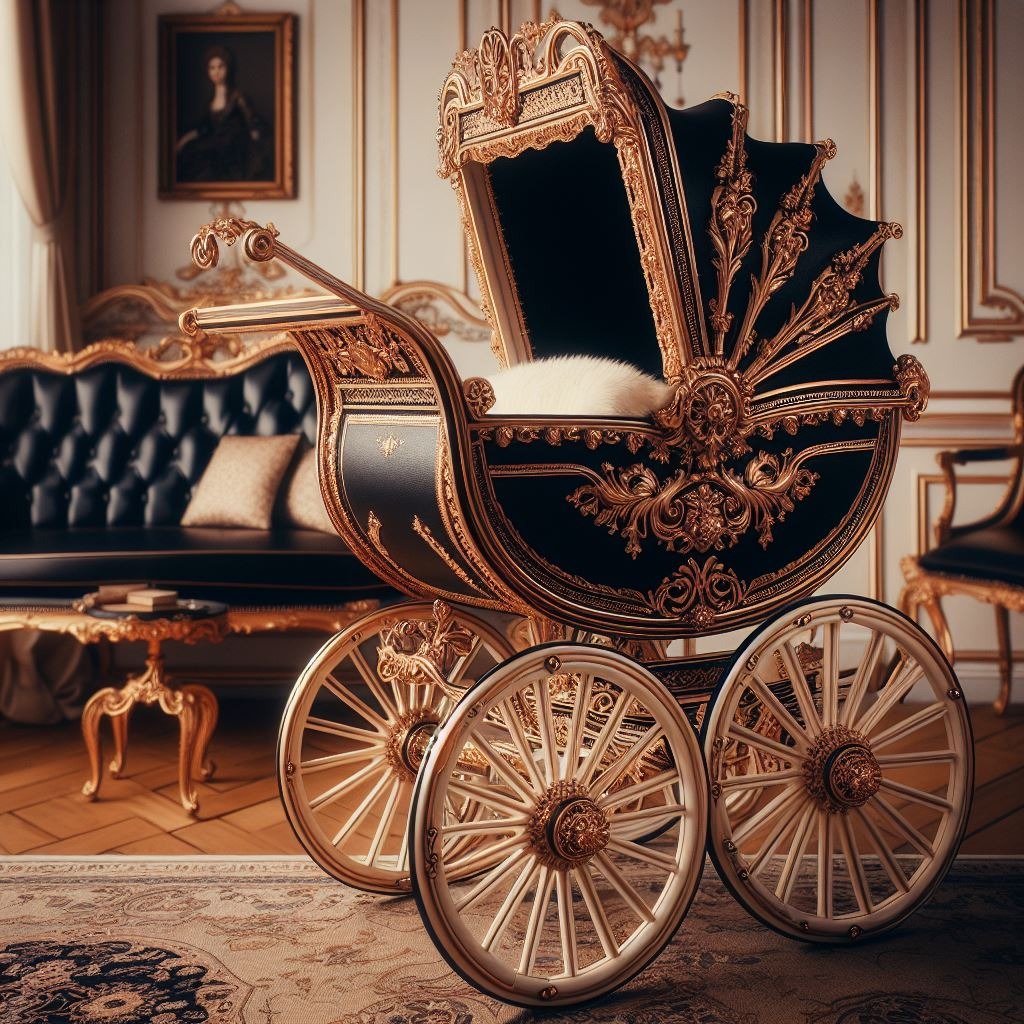
In the early 1800s, baby carriages emerged as a practical solution for parents to transport their babies comfortably. These early models featured a basic design with a basket-like structure mounted on wheels.
As the mid-1800s approached, baby strollers underwent significant improvements in functionality and convenience. Manufacturers started incorporating more durable materials like wood and metal into the construction of these carriages. The addition of canopies protected from sun exposure or light rain.
Towards the late 1800s, an innovative shift occurred with the introduction of collapsible baby stroller models. This advancement allowed for easier storage and transportation, catering to the evolving needs of busy parents on the go. The collapsible feature enabled baby strollers to be folded into compact sizes when not in use.
- Pros:
- Improved portability due to collapsible designs
- Enhanced convenience for storage in small spaces
Design and Materials Used
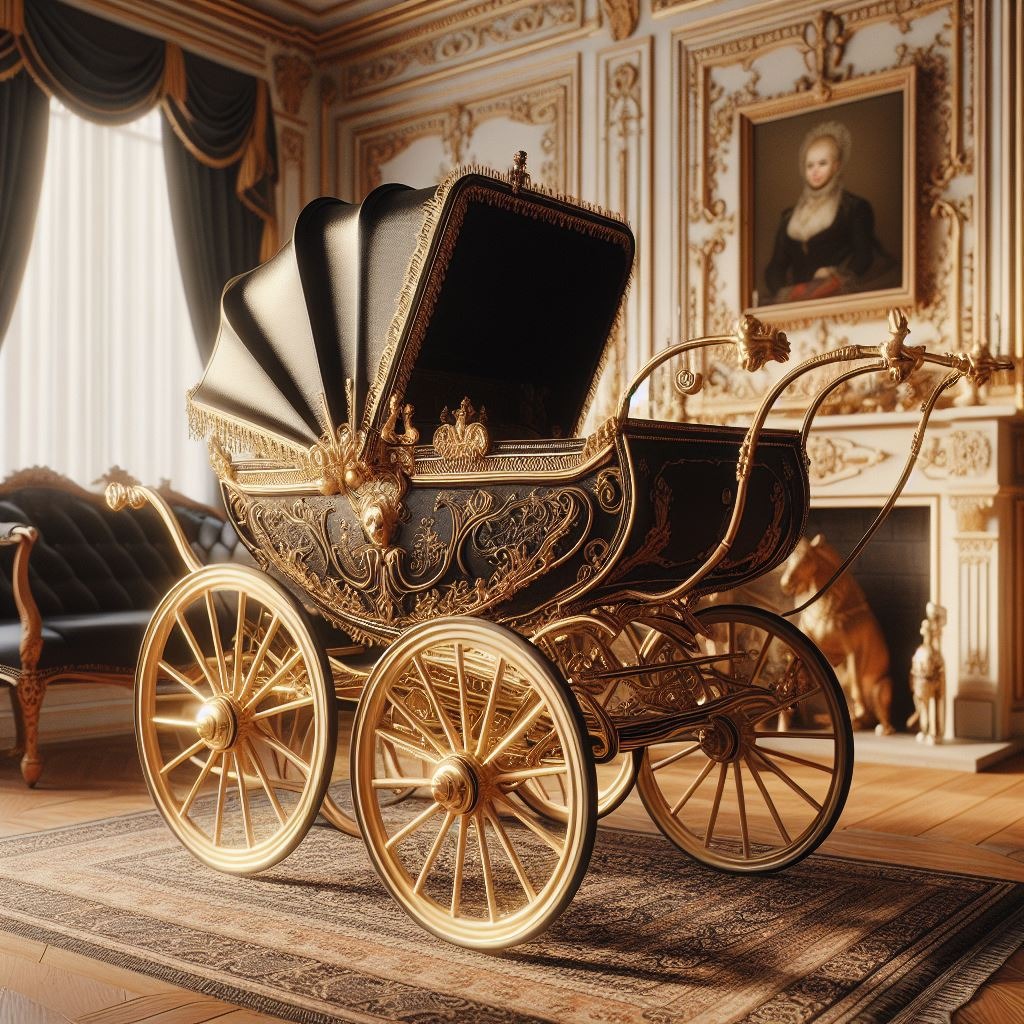
In the 1800s, baby strollers were crafted using wicker and wood, showcasing a blend of durability and elegance. These materials provided a sturdy yet aesthetically pleasing structure for the stroller.
The intricate details of these strollers included spoked wheels, adding both functionality and charm to the design. The wheels not only facilitated smooth movement but also added a touch of sophistication to the overall appearance.
Strollers in the 1800s featured varied designs tailored to different social classes. From simple yet robust designs for working-class families to elaborate, ornate pieces for the affluent, there was a stroller to suit every taste and budget.
- Sturdy wicker and wood construction
- Elegant spoked wheels for functionality
- Diverse designs catering to various social classes
Cultural Significance
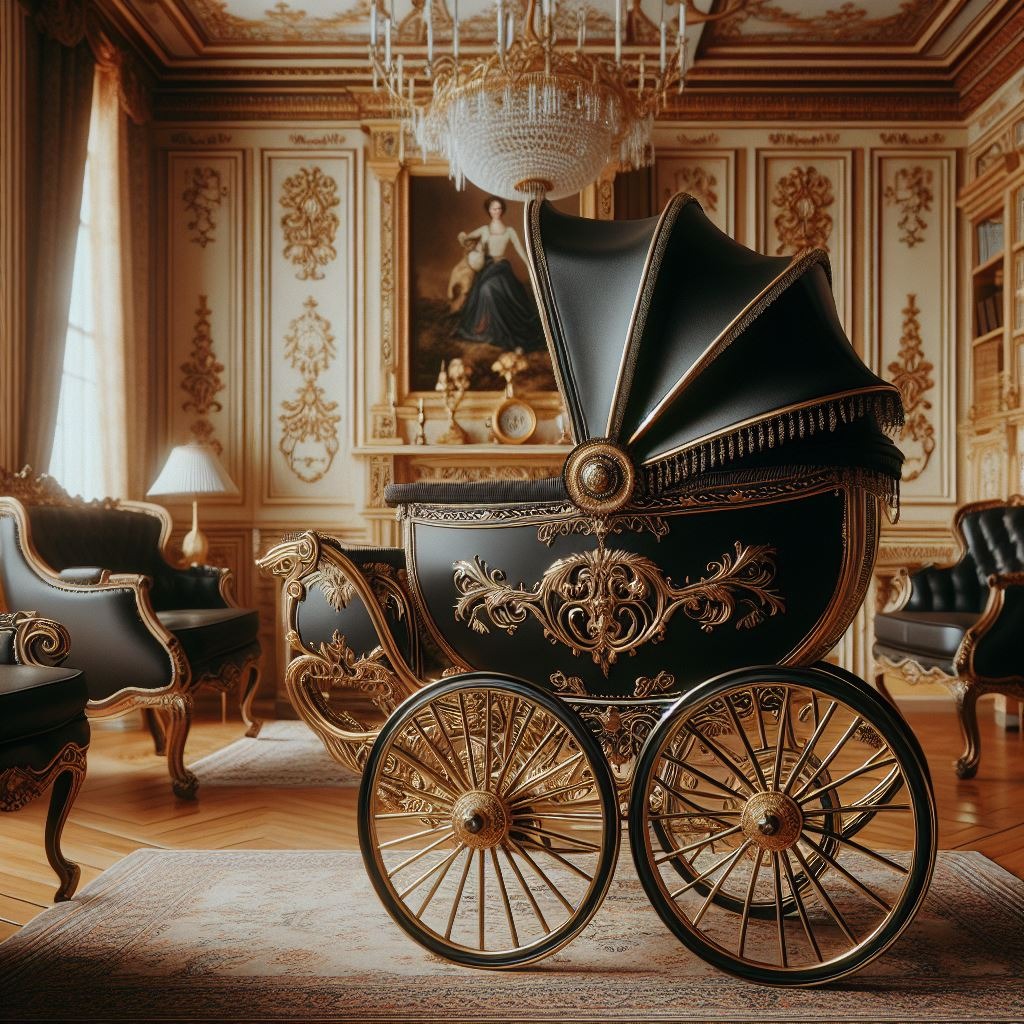
Baby strollers in the 1800s served as a symbol of status and wealth within society. Families who could afford these luxurious carriages were often seen as affluent and well-respected. The intricate designs and expensive materials used in crafting these strollers further emphasized this status symbol.
Reflecting the changing parenting trends of the time, baby strollers also showcased evolving societal norms. As families began to prioritize the comfort and safety of their children, stroller designs adapted to meet these needs. This shift highlighted a growing emphasis on child care and well-being during this period.
The introduction of baby strollers had a significant impact on family outings and social interactions in the 1800s. These carriages allowed families to venture out together more easily, enabling parents to bring their young children along on excursions. This newfound mobility transformed social dynamics by encouraging more family-centric activities outside the home.
- Pros:
- Symbolized status and wealth
- Adapted to changing parenting trends
- Facilitated family outings
- Cons:
- Limited accessibility for lower-income families
- Maintenance costs could be high due to intricate designs
Influencing various aspects of daily life, baby strollers became an integral part of societal norms during the 1800s. The evolution of these carriages not only reflected shifting attitudes towards childcare but also reshaped how families interacted with one another in public spaces.
As families embraced the convenience and comfort provided by baby strollers, they began incorporating them into everyday activities such as shopping trips or leisurely walks in parks. This integration further solidified the role of strollers as essential tools for modern parenting practices at that time.
The cultural significance attached to baby strollers extended beyond mere functionality; it represented a broader transformation in how society viewed childhood and parental responsibilities during the 19th century. By symbolizing both affluence and care for children, these carriages left an indelible mark on historical perceptions of family life.
Features and Functionalities
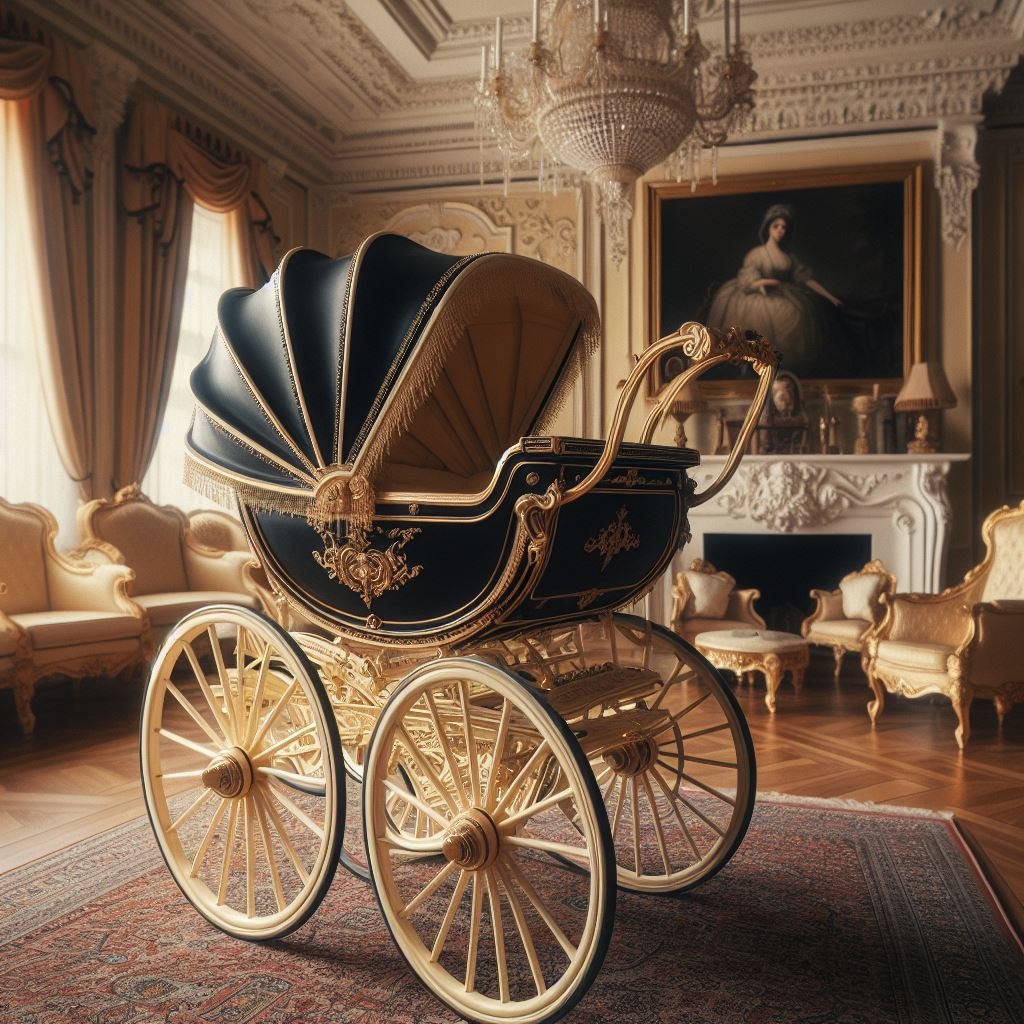
Adjustable canopies were a notable innovation in 1800s baby strollers. These canopies are protected from the elements, shielding infants from harsh sunlight or unexpected rain showers. The ability to adjust these canopies ensured that babies stayed comfortable regardless of the weather conditions.
Suspension systems were another key feature introduced during this period. These systems enhanced the overall ride quality of baby strollers, making journeys smoother for both the child and the person pushing the stroller. By reducing vibrations and bumps, suspension systems offered a more comfortable experience for babies.
Storage compartments became increasingly common in 1800s baby strollers. These compartments allowed parents to store essential items such as diapers, bottles, and snacks conveniently within reach. This added convenience made outings with infants more manageable by ensuring that all necessary supplies were readily available.
- Adjustable canopies for weather protection
- Suspension systems for smoother rides
- Storage compartments for baby essentials
Victorian Era Influence
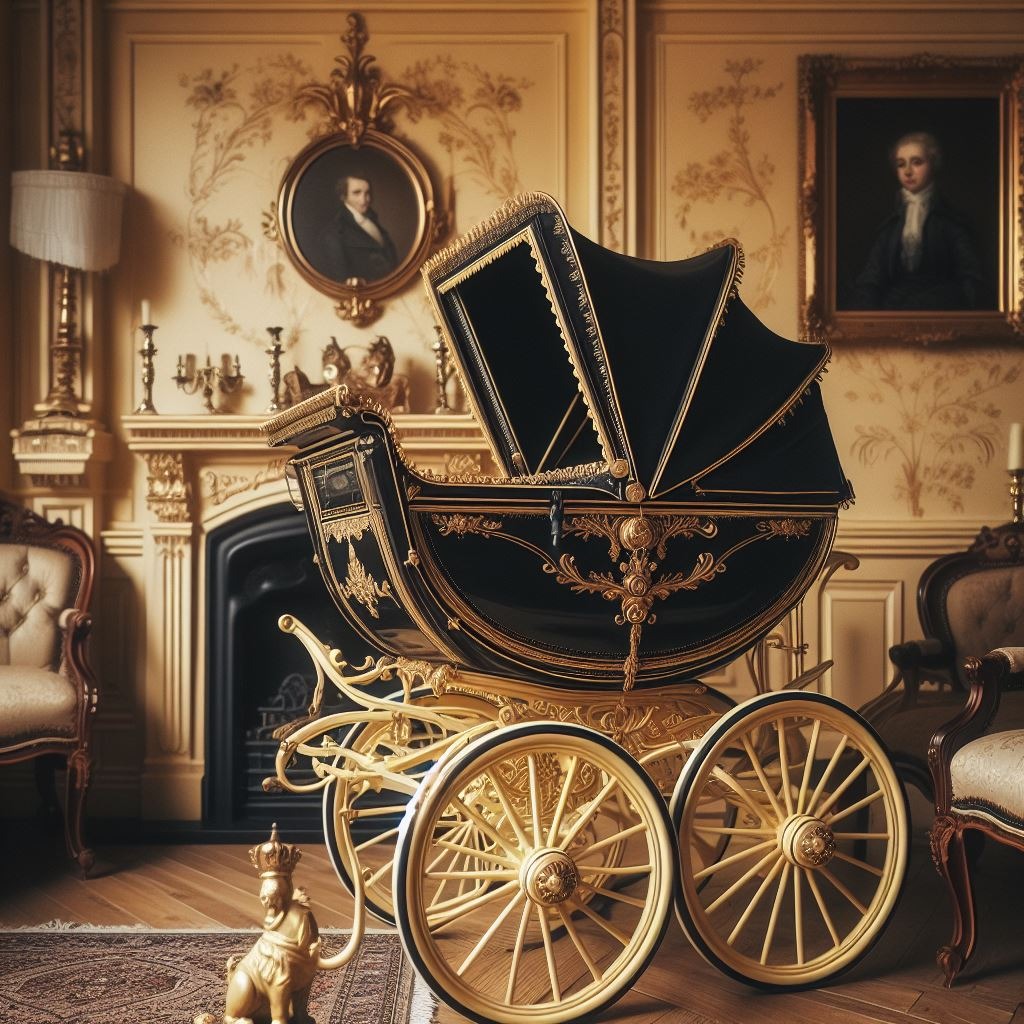
During the 1800s, baby strollers underwent a significant transformation influenced by the Victorian Era. The strollers of this period were characterized by their ornate and decorative elements, reflecting the opulence and grandeur of the time.
Luxurious fabrics such as velvet and silk became popular choices for lining and upholstery in baby strollers. These materials added a touch of elegance and sophistication to the overall design, catering to the affluent families of that era.
The influence of Victorian fashion extended to stroller aesthetics, with intricate details like embroidery and lace trimmings adorning the carriages. This attention to detail not only enhanced the visual appeal but also showcased craftsmanship and artistry.
- Ornate decorations
- Luxurious velvet and silk fabrics
- Intricate embroidery and lace trimmings
Vintage Photographs and Artwork
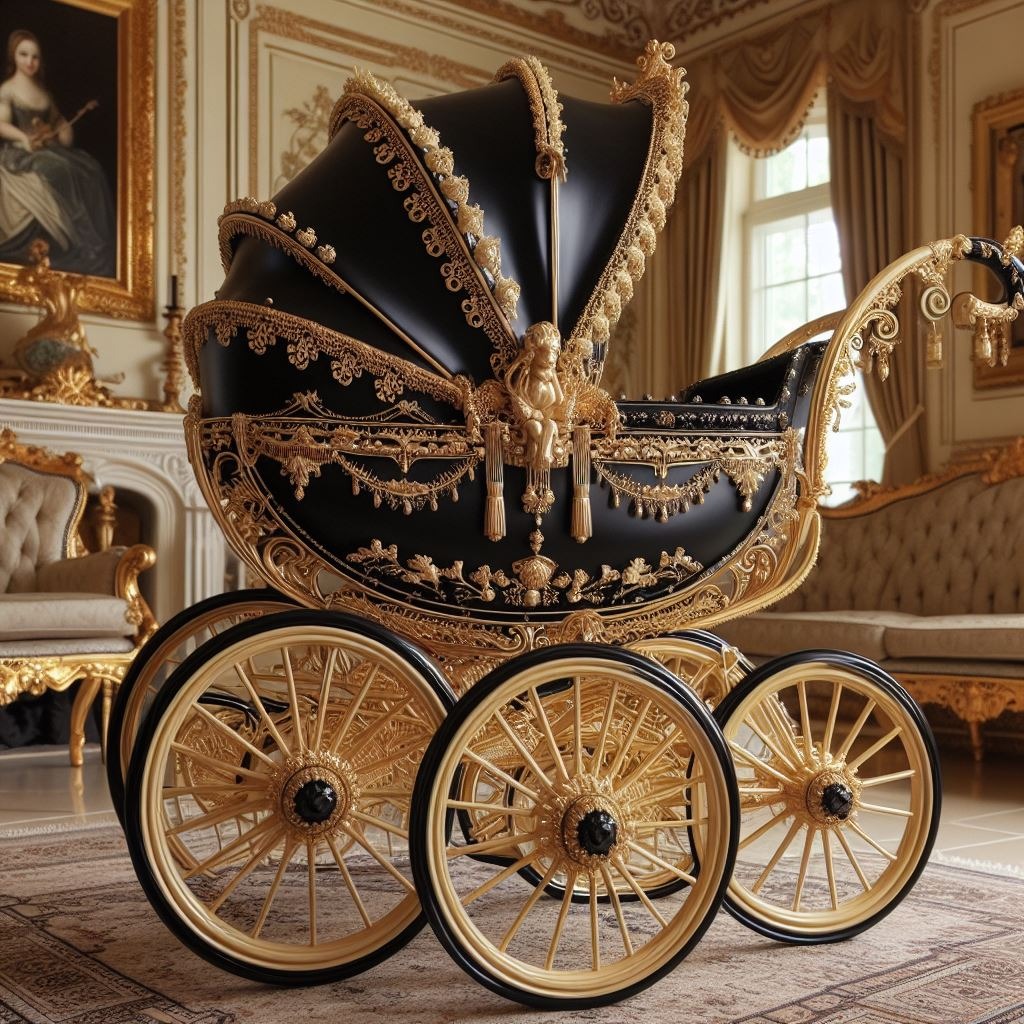
Depictions of elaborate stroller designs in paintings provide a glimpse into the luxurious lifestyles of the 1800s. Artists captured the intricate details of these carriages, showcasing ornate wheels, lavish canopies, and plush interiors. The artworks not only served as visual representations but also as reflections of societal status and wealth during that time.
Historical photographs from the 1800s offer a fascinating insight into how baby strollers were utilized in everyday life. These images depict families strolling through parks or bustling city streets with elegantly designed prams. The photographs highlight the evolution of stroller designs, from simple structures to more sophisticated and stylish models tailored for comfort and aesthetics.
Artistic representations from the 1800s capture the essence of an era characterized by elegance and refinement. Paintings portraying mothers pushing their infants in intricately crafted strollers evoke a sense of nostalgia for a bygone time. These artworks not only showcase parental love and care but also serve as historical artifacts documenting parenting practices and societal norms prevalent during that period.
Aesthetic and Style Insights
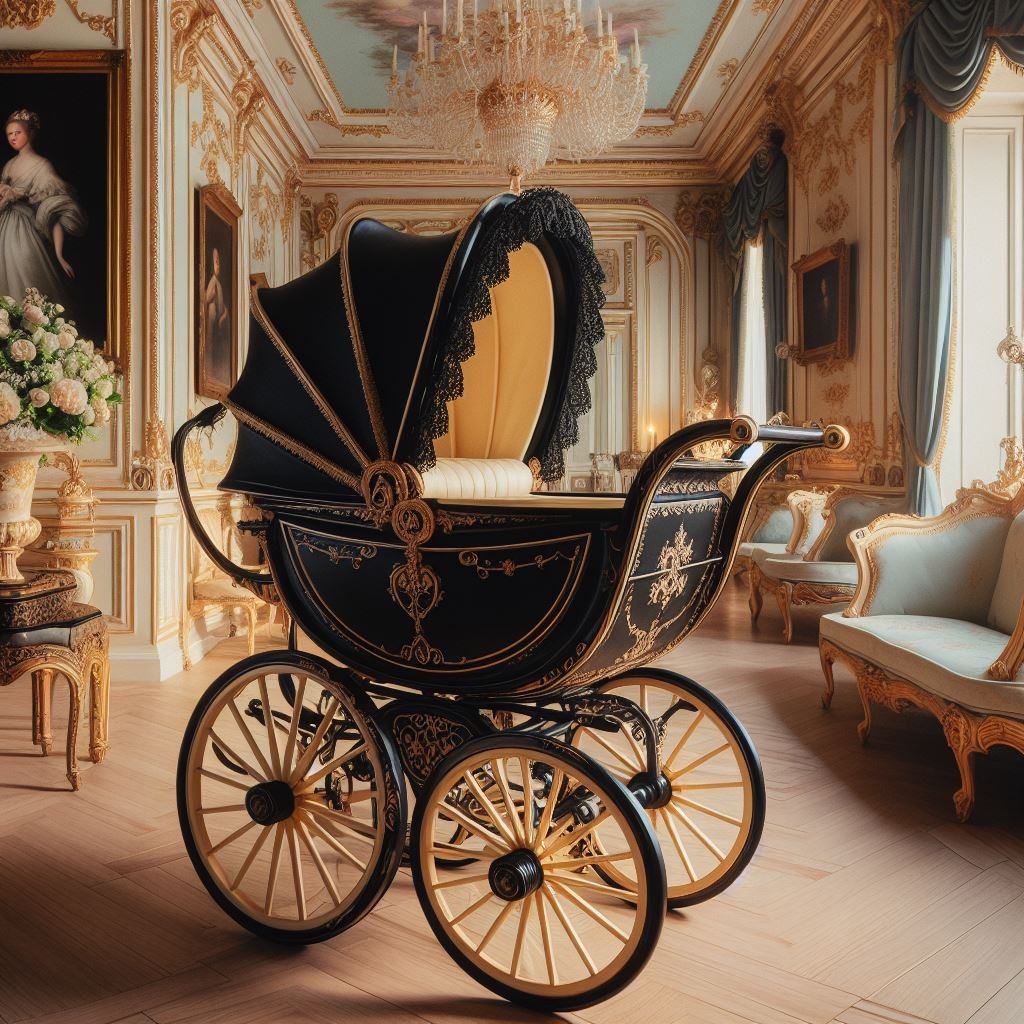
Throughout the 1800s, baby strollers underwent a remarkable transformation in terms of design and style. The era was characterized by an emphasis on elegance, with strollers featuring intricate carvings and patterns that reflected the artistic trends of the time.
Architectural styles played a significant role in shaping the aesthetics of baby strollers during this period. Influences from architectural movements such as Kent could be seen in the elaborate designs and structural elements incorporated into stroller designs. These influences added a touch of sophistication and grandeur to the overall look of baby carriages.
Over the century, baby strollers evolved from simple, utilitarian designs to more elaborate and ornate styles. Initially designed for functionality, strollers gradually became symbols of status and wealth, with manufacturers focusing on incorporating intricate details and luxurious materials into their creations.
The shift towards more extravagant designs can be attributed to changing societal norms and preferences. As families sought ways to showcase their affluence, baby strollers became an important accessory that reflected one’s social standing. This led to an increase in demand for opulent designs that exuded luxury and sophistication.
Incorporating elements such as gold accents, plush upholstery, and decorative motifs became common practice among manufacturers looking to cater to this growing market segment. Stroller designs began to feature elaborate scrollwork, floral embellishments, and other intricate details that added a touch of glamour to these everyday objects.
The evolution of baby stroller aesthetics in the 1800s not only mirrored broader shifts in design trends but also highlighted society’s evolving attitudes towards parenting and childhood. As parents increasingly viewed childhood as a time for pampering and indulgence, baby strollers transformed from simple conveyances into luxurious accessories that symbolized care and devotion.
Despite their functionality remaining paramount, baby strollers became statements of style and sophistication during this period. The fusion of practicality with ornate design elements created a new standard for infant transportation that set the stage for future innovations in childcare products.
Collectible and Antique Models
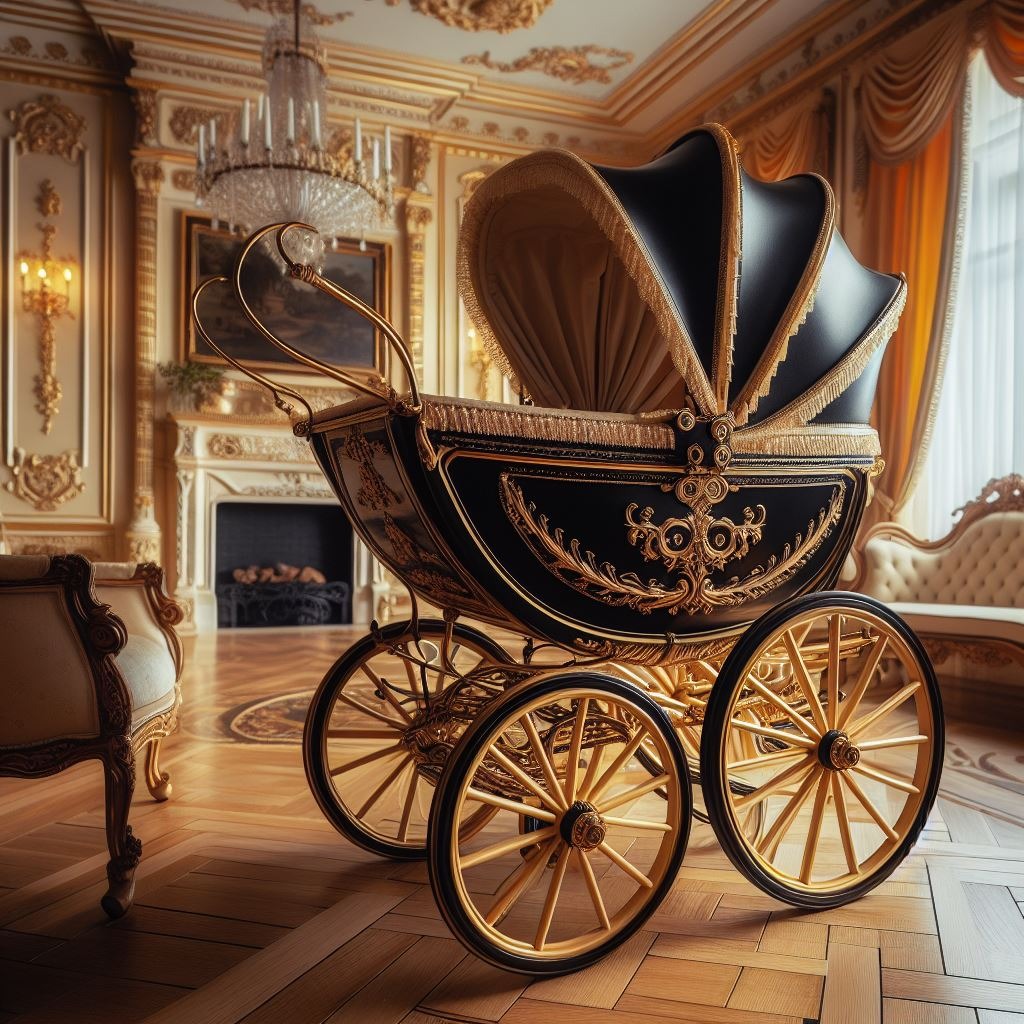
Antique baby strollers from the 1800s hold a special place in the hearts of collectors. Rarity and value play significant roles in determining the desirability of these well-preserved historical pieces.
Collectors are drawn to these unique strollers not just for their functionality but also for their historical significance. The craftsmanship and design elements of antique strollers often reflect the trends and styles prevalent during that era.
The market for authentic replicas of 1800s baby strollers has been steadily growing, driven by collectors’ passion for owning a piece of history. These replicas are meticulously crafted to mimic the intricate details found in original antique models.
Market Trends and Demand
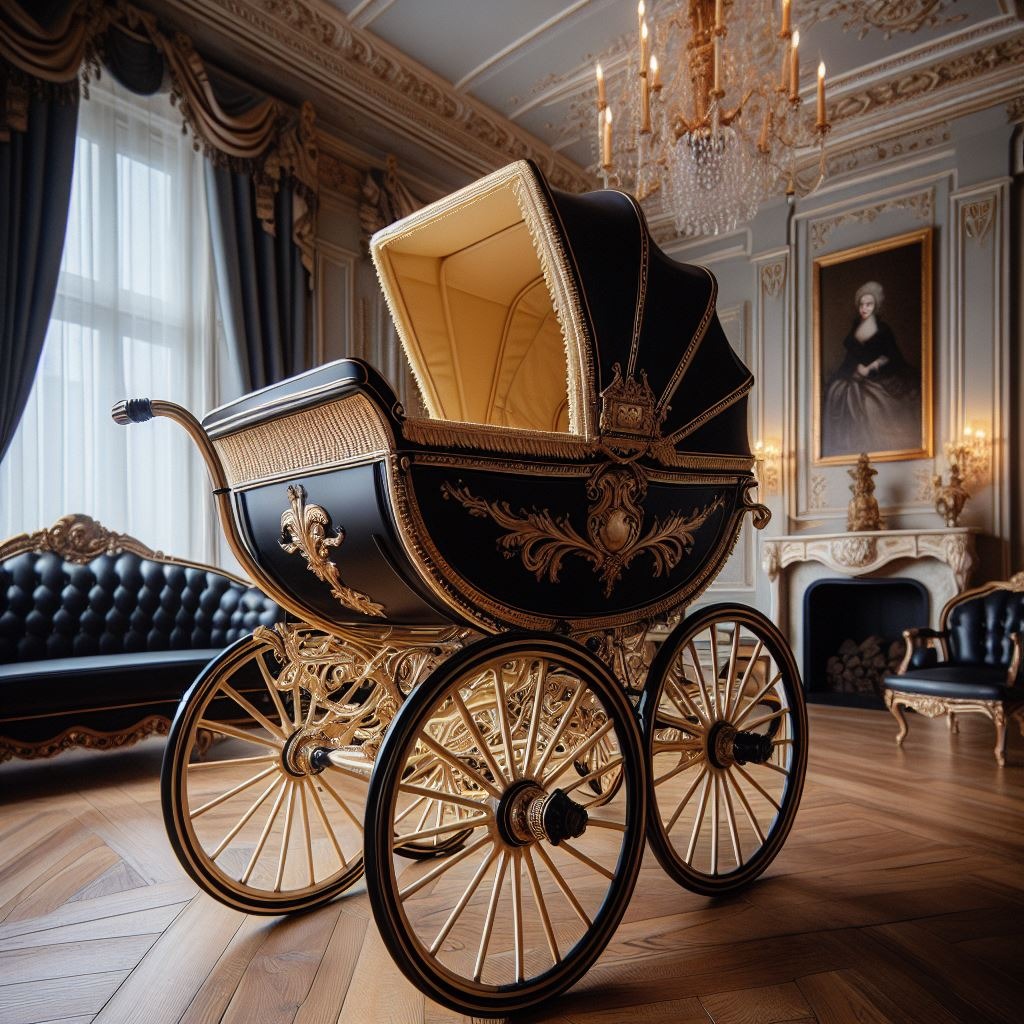
Authenticity is key. Collectors seek out pieces that have been well-maintained over time, with minimal alterations or repairs, as these factors greatly influence the value of a stroller.
Replicas that closely resemble the design and materials used in original 1800s strollers are highly sought after by collectors looking to add historically accurate pieces to their collections. The demand for these authentic replicas continues to rise as more enthusiasts join the world of antique collecting.
In recent years, online platforms dedicated to vintage collectibles have provided collectors with easier access to a wide range of antique baby strollers from the 1800s. This increased accessibility has fueled further interest in collecting these rare and valuable pieces.
- Pros:
- Offers a glimpse into historical craftsmanship
- Provides a tangible connection to past eras
- Cons:
- Can be expensive due to the rarity
- Requires careful maintenance to preserve value
Collector’s Perspective
For many collectors, owning an authentic 1800s baby stroller goes beyond mere possession; it is about preserving a piece of history for future generations. These enthusiasts take pride in showcasing their collections at exhibitions and events, sharing their passion with like-minded individuals.
The thrill of uncovering a well-preserved antique stroller or acquiring a meticulously crafted replica adds excitement to the world of collectibles. Each piece tells a story, offering insights into past lifestyles, fashion trends, and societal norms prevalent during the 19th century.
Impact on Modern Strollers
Drawing inspiration from vintage designs, modern strollers have evolved to offer enhanced functionality and style. Manufacturers have integrated innovative materials such as lightweight aluminum and breathable fabrics. This blend of vintage aesthetics with contemporary features has revolutionized the stroller industry.
Incorporating modern technologies like adjustable handlebars, one-hand folding mechanisms, and all-terrain wheels, today’s strollers provide convenience for parents on the go. The infusion of historical charm in modern stroller aesthetics pays homage to the elegance of 1800s baby carriages while meeting the demands of present-day families.
The influence of 1800s baby strollers can be seen in the sleek lines and intricate detailing of current models. By combining classic elements with advanced functionalities, manufacturers have successfully created a bridge between past elegance and present-day practicality.
- Pros:
- Enhanced functionality
- Stylish design
- Convenient features
- Cons:
- Cost may be higher due to advanced materials and technologies
Preserving the nostalgia of antique baby carriages, modern strollers cater to both aesthetic appeal and usability. The fusion of historical charm with contemporary innovations ensures that parents can enjoy both style and convenience when navigating their daily routines.
Summary
You’ve journeyed through the evolution of baby strollers, exploring their design, materials, cultural significance, features, and Victorian-era influence. Vintage photographs and artwork provided a glimpse into the aesthetic and style insights that shaped these collectible and antique models. Understanding their impact on modern strollers sheds light on how history continues to inspire innovation in baby transportation. Embrace the nostalgia and craftsmanship of past eras as you navigate the world of baby strollers today.
Explore how these historical elements can influence your choices when selecting a stroller for your little one. Consider the blend of tradition and modernity to find a perfect balance that suits your lifestyle and preferences. Your stroller choice is not just about functionality but also a reflection of your style and appreciation for the rich history behind these essential baby items.

